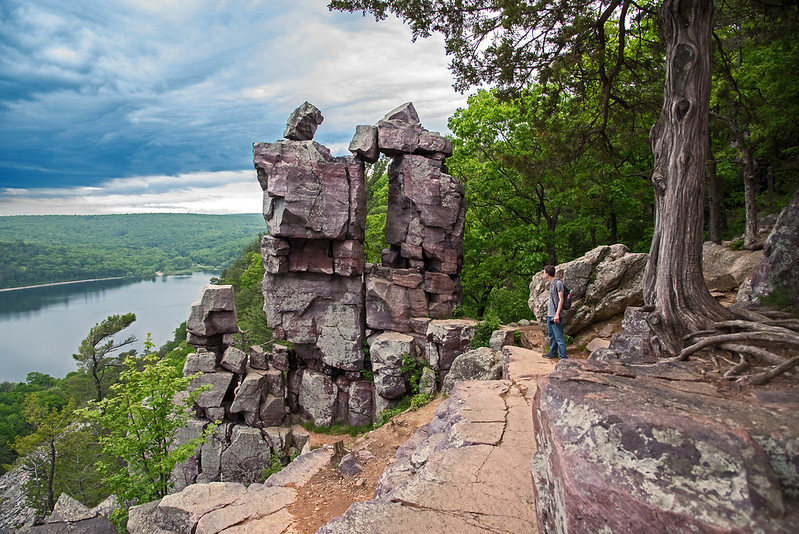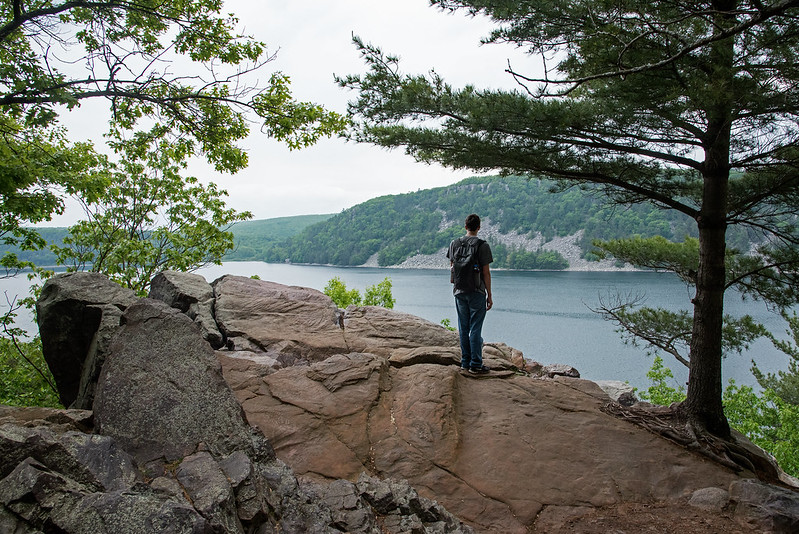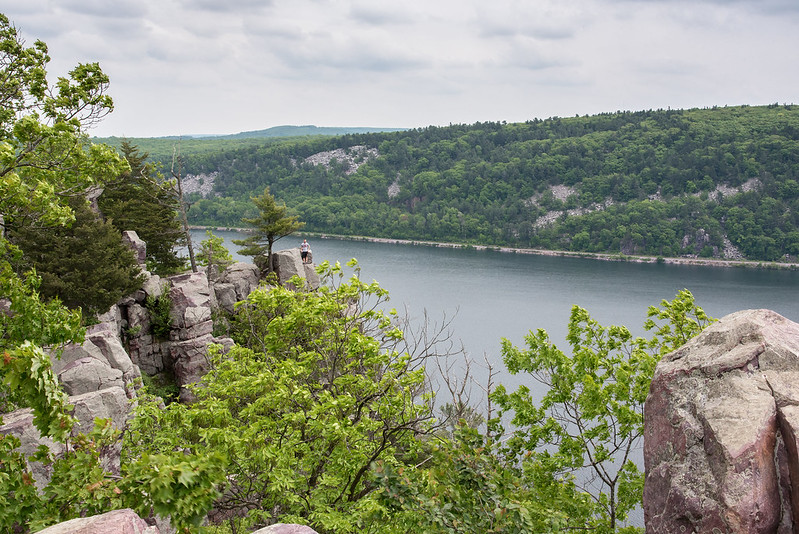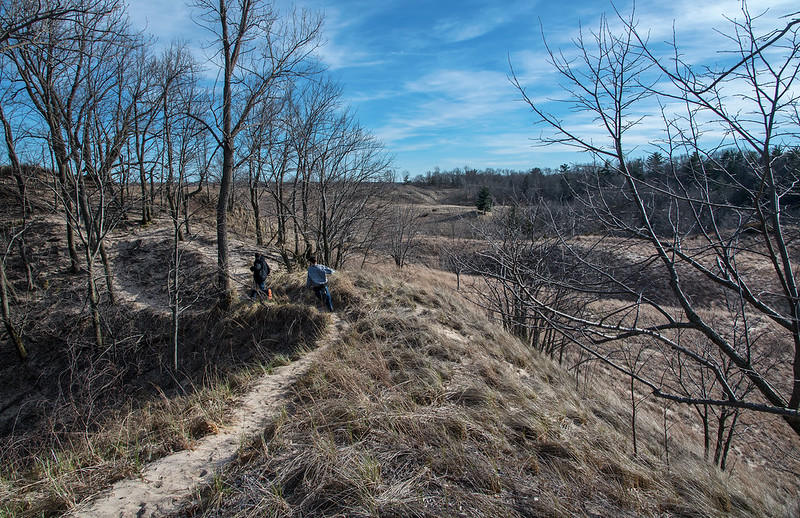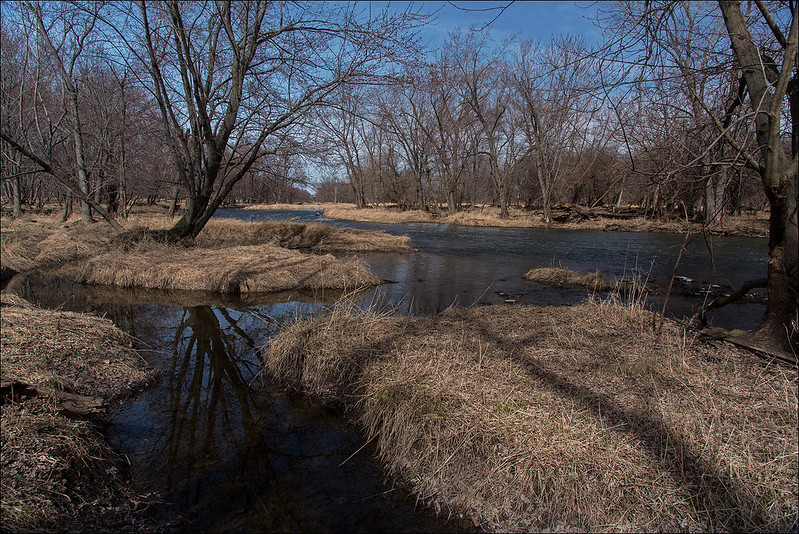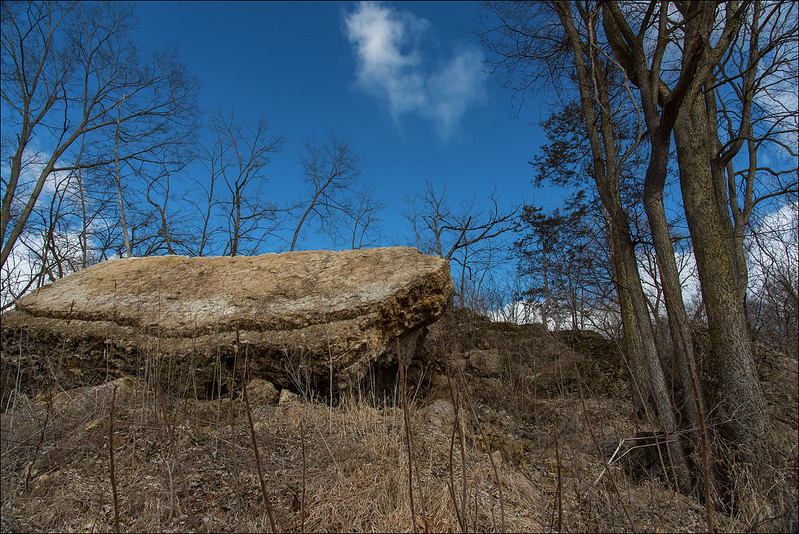
Walking along the foot of the Central Beach dunes is a bit more difficult these days. Lake Michigan waves often reach the dune itself now that most of the beach is gone. This wave action will cause more of the dunes to crumble into the lake, at a faster and faster rate.

These dunes change every day, and the small details can change by the moment. As ground water moves down to the clay bottoms of the dunes, it finally finds its way to the end where it seeps out and falls to the beach. A bit of sand is carried by the water, and in places, sand stalagmites form where it falls. Much like the sandcastles kids build by letting very wet sand pour out of their hands to make towers, the sand creates collections of little towers. These towers may only last a few minutes until a wave wipes them out.

These towers were washed away by a wave moments after this photo was taken. I imagine they were created in about an hour by the dripping water, unlike their stone cousins the stalagmites, which take thousands of years to create.
Always looking for something new and interesting along the national National Lakeshore, and nature never disappoints.








